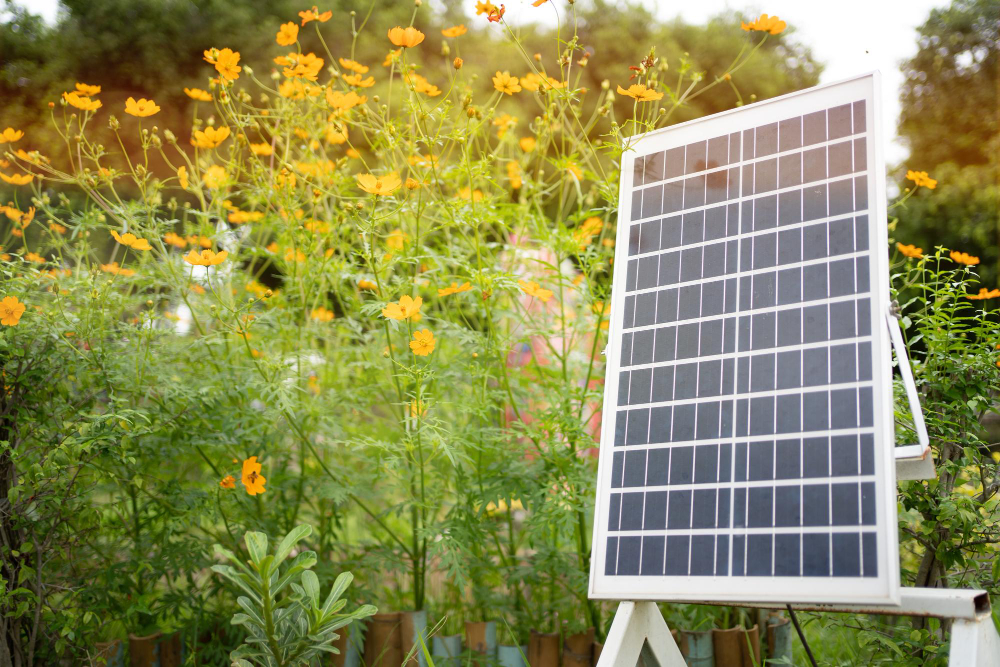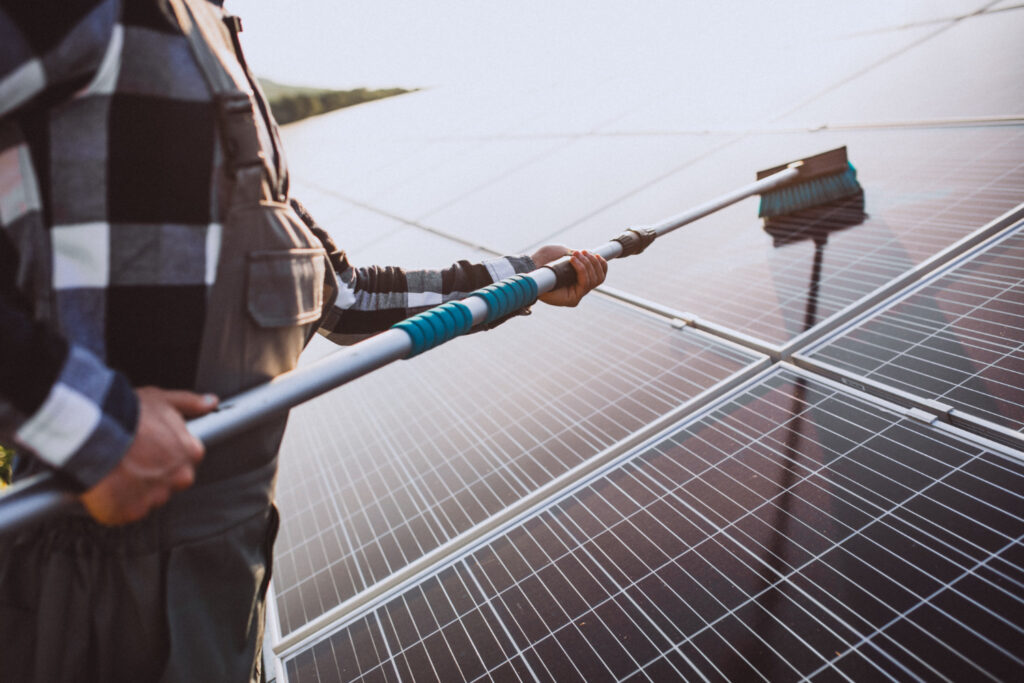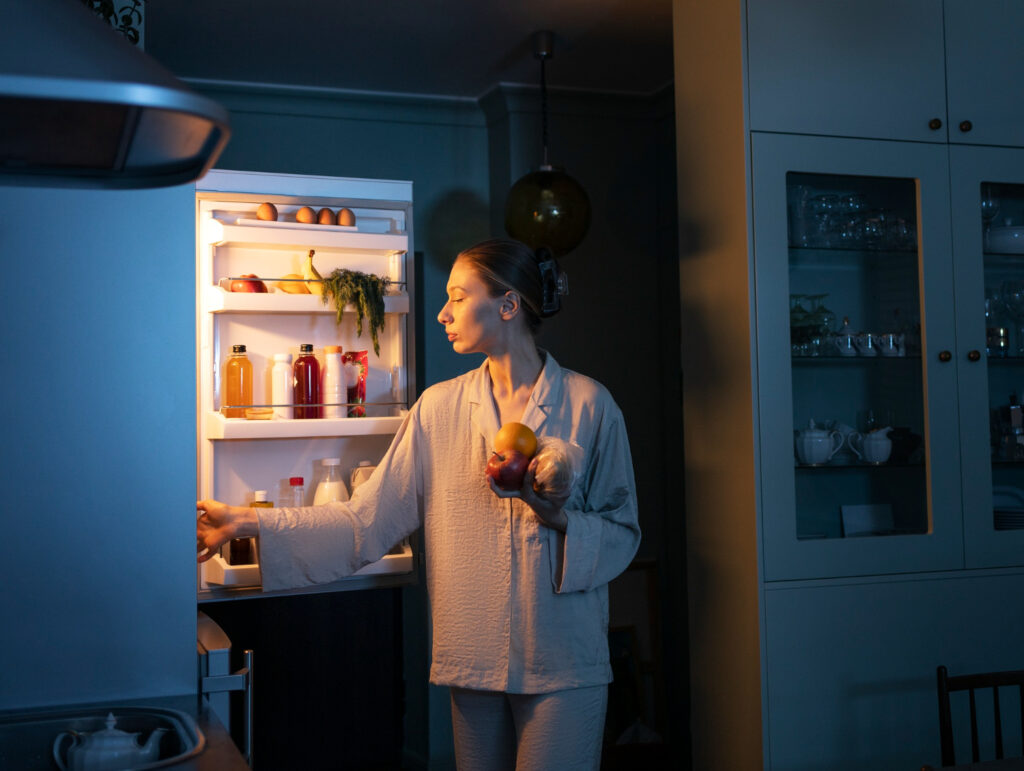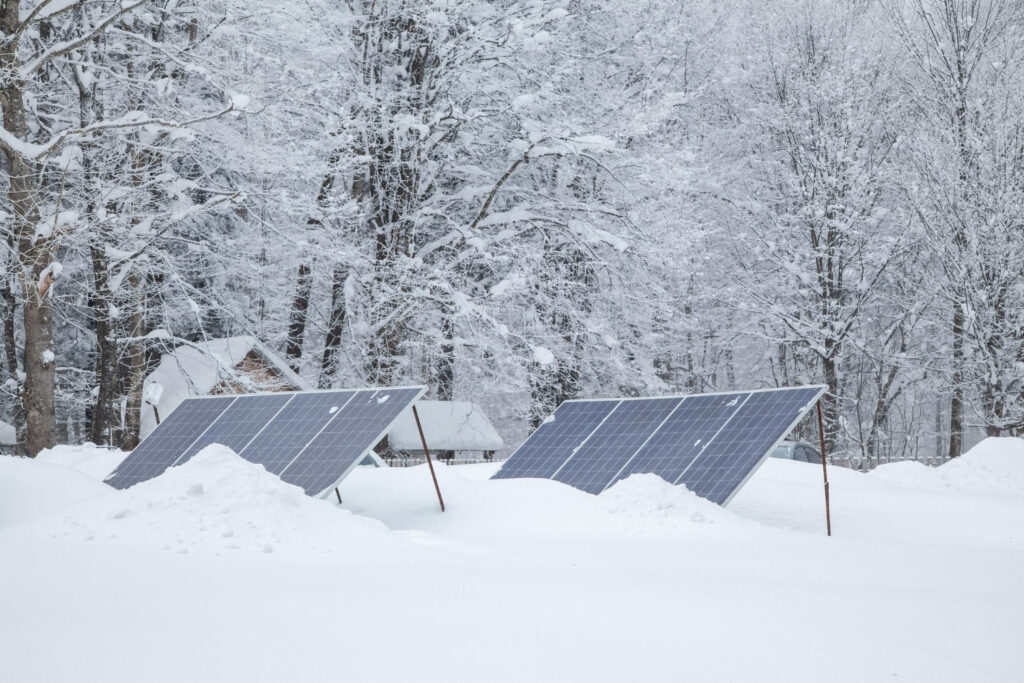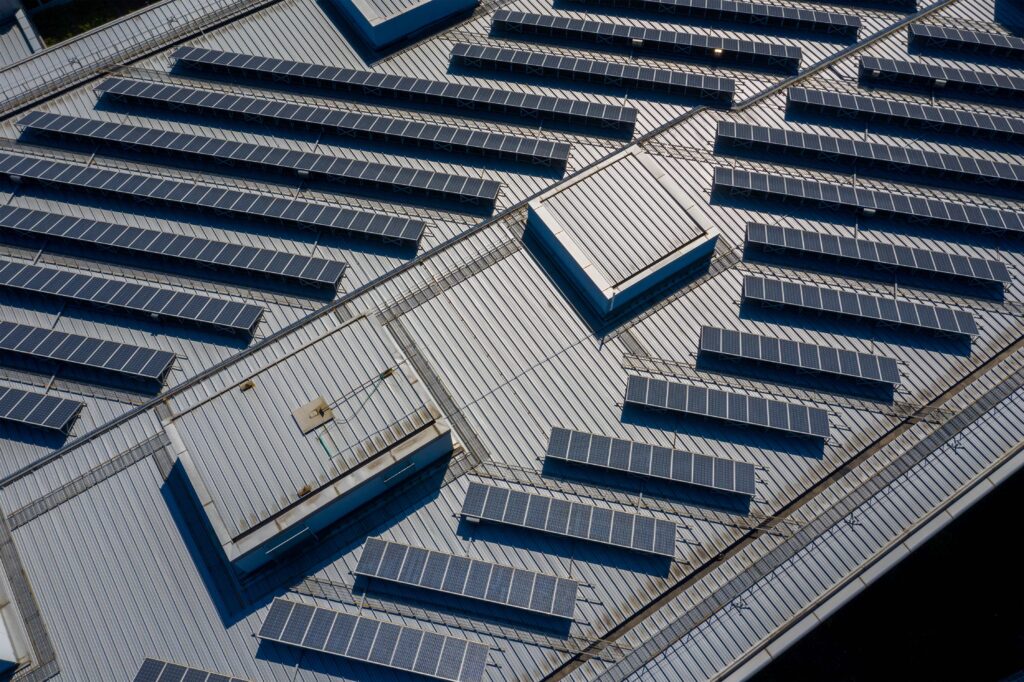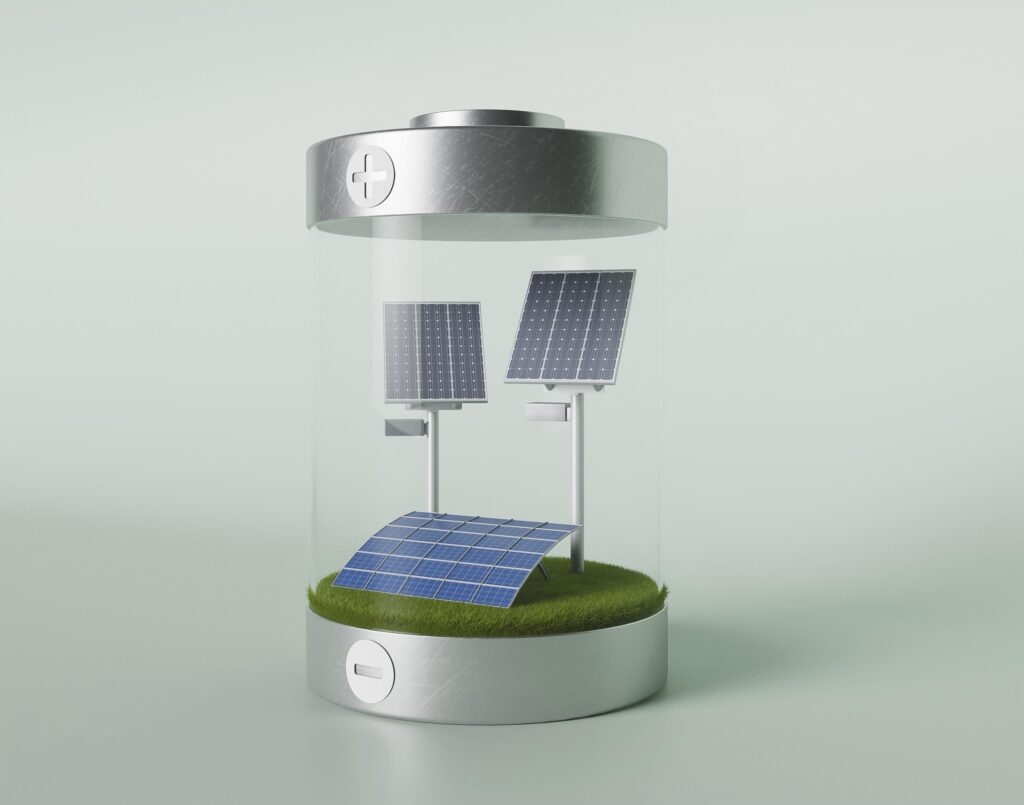How to care for your garden and keep your pool warm using Sustainable Energy
Now that the Spring sunshine has returned – at least some of the time – we can all start to think about spending more time outdoors. For those of us lucky enough to have a garden, this is the perfect time to plan how to power various elements of it sustainably. The more renewable energy we can use in our garden and outdoor areas, the less reliance we need to have on the National Grid and finite fossil fuels. Other benefits include a reduced carbon footprint, greater energy efficiency and cost savings.
From outdoor heated swimming pols to water features, irrigation systems and greenhouse lighting and heating, gardens can take up a lot of energy to keep them looking at their best and cultivating healthy plants. The bigger the garden, the higher the electricity bills. This is especially true during the colder months. We might be in Spring now, but there are still days when the skies are greyer and the temperature lower than many of us would like. Yet, the plants still need to be watered and protected from the worst of the cold spells – and the swimming pool is so much nicer to use when the water is lovely and warm.
Here are some outdoor areas that could benefit from sustainable energy sources, such as solar power and photovoltaic cells installed on the roof of the nearest building. From eco-friendly pool heating to renewable ways to power water fountains, there are so many ways to harness the electricity-generating power of the sun’s rays over the coming season.
Outdoor swimming pool
Solar energy is a highly effective sustainable pool heating solution that can provide heat all year round. It can provide an extended swimming season too, especially if you install solar water heaters to take the chill off the water in the Spring and Autumn. Using solar energy for pools is a quick and easy way to save on electricity bills without having to cover the pool up for long periods of time. Other pool area considerations can also include using solar powered equipment such as jet washers to keep the surrounding walkways clean and free from garden debris. Just a few green pool solutions to think about when considering installing solar panels this year.
Lighting the way
Solar powered lights are becoming very popular among garden designers and enthusiasts. They can highlight chosen plants, statues and other garden elements beautifully and line paths and driveways to help people find their way and stay safe in the garden and grounds after dark. There are so many ways to use solar lights in the garden, including lighting up garden ponds and switching to low-energy LED lights for porch lights, wall lights and hanging atmospheric lanterns in trees. Don’t forget to keep a few solar powered torches charged up for emergency use outside at night. These can also be helpful when cleaning solar panels in duller weather or after dusk.
Fountains and other ornamental water features
Gardens featuring flowing water offer an all-round sensory experience with sounds playing as important a role as sights and scents. If you have a fountain or other water feature in your garden, consider running it using renewable energy such as solar power. The cabling to set it up is not complex and energy can be drawn from solar panels on the roof of the house or shed to reduce installation expenses. If you have fish in the pond that rely on water being pumped through it, have a plan to continue providing electricity to the pump after dark, when solar panels will not be able to provide sufficient power alone. An energy storage battery would work well, or a hybrid system that enables you to switch to National Grid power when required.
Plant watering and care
Irrigation systems can save gardeners a great deal of time and effort, especially if they have a lot of plants to water. This type of system can be powered by solar energy for a more sustainable approach to plant care. Other watering solutions can also use solar power, including sprinklers, self-timed devices and drip irrigation kits for hanging baskets and pots. Plants being grown in the greenhouse also need careful attention when it comes to light and heat – again, these systems can be powered using solar energy to reduce electricity bills and increase crop yield. Perfect for growing salad plants, ready for lots of post-swimming pool lunches outdoors in the Summer.



